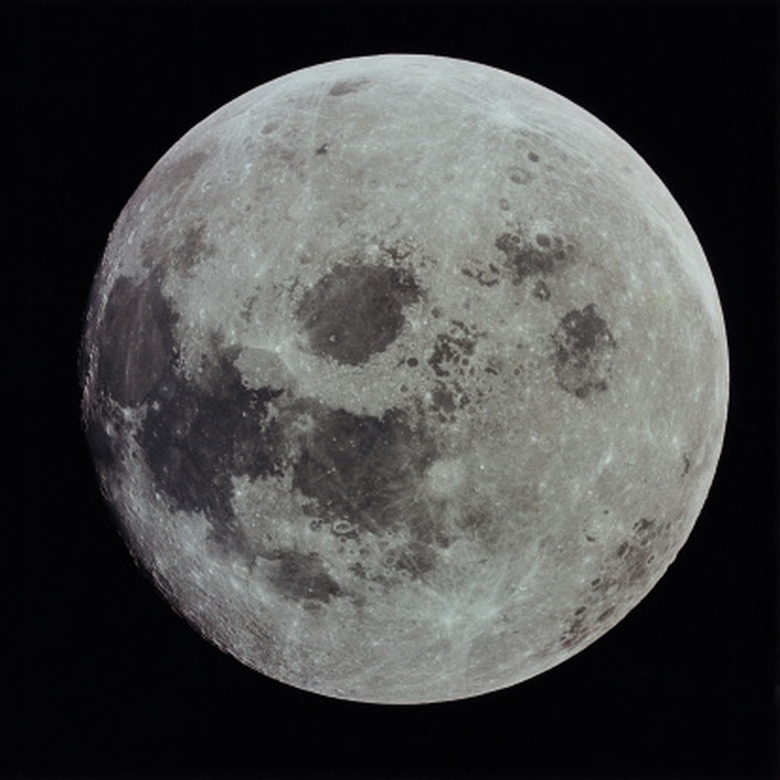How To Find The Moon In The Sky
While it is sometimes quite obvious where the moon is in the night sky, it is not always so easy to find the moon. Just like the sun, the moon rises and sets each day, meaning it is present in the sky about half of a given 24-hour time period. Because the moon does not always rise exactly when the sun goes down, it can be seen in the sky for a period of time during the day, depending on the location of the sun.
Step 1
Find out what time the moon is set to rise and set in your area. The local newspaper commonly prints this information in the weather section. Websites, such as the Griffith Observatory website and the Time and Date website, can help you calculate the times yourself.
Step 2
Monitor the phases of the moon. A new moon cannot be observed at all. The phases closer to the new moon also can be difficult to spot, especially during the day.
Step 3
Go outside on a clear day that has few or no clouds. Days with low humidity also help make the sky darker, allowing you to see the moon more easily.
Step 4
Observe the sky to the east if you are looking for the moon close to the moon-rise time. If there are buildings, trees or mountains in the area, it can be difficult to locate the moon at its rising time because it sits low on the horizon.
Step 5
Look toward the southeast or south when the moon is closer to its peak point. The height of the moon in the sky may vary depending on the time of year and your location, so check high and low.
Step 6
Check toward the west if the moon is closer to its setting time. Again, obstructions can prevent you from seeing the moon along the horizon if you look too close to its setting time.
TL;DR (Too Long; Didn't Read)
Use your hand to block your view of the sun to help you spot the moon more easily. The moon is not as bright and glare can prevent you from seeing it.
Cite This Article
MLA
Turtenwald, Kimberly. "How To Find The Moon In The Sky" sciencing.com, https://www.sciencing.com/moon-sky-8603180/. 24 April 2017.
APA
Turtenwald, Kimberly. (2017, April 24). How To Find The Moon In The Sky. sciencing.com. Retrieved from https://www.sciencing.com/moon-sky-8603180/
Chicago
Turtenwald, Kimberly. How To Find The Moon In The Sky last modified March 24, 2022. https://www.sciencing.com/moon-sky-8603180/
